
The Kukri: A Timeless Blade of History and Power
The Kukri, a distinctive and iconic blade, has captivated the world for centuries. Known for its unique shape and versatility, the Kukri has earned its place in history as both a tool and a weapon. But what exactly makes this blade so remarkable? Let’s dive into the origins, features, and enduring appeal of the Kukri, and explore why it continues to be cherished by collectors, adventurers, and military personnel worldwide.
History of the Kukri: A Legacy of Strength and Tradition
The Kukri’s roots trace back to the Nepalese Gurkhas, a fierce group of soldiers who were renowned for their bravery and skill with the blade. Thought to have originated in the 15th century, the Kukri became the weapon of choice for these warriors due to its unique curved design and lethal effectiveness.
Historically, the Kukri wasn’t just a weapon—it was a symbol of status and honor within the Gurkha community. The blade’s design was well-suited for close combat, but it was also an essential tool for daily tasks like chopping wood, preparing food, and even skinning animals.
The Kukri’s reputation extends beyond the battlefield. It is a cultural artifact, deeply intertwined with the traditions of Nepal, where it is not just a weapon but also a part of ceremonial and spiritual practices.
What Makes a Kukri Unique?
At first glance, the Kukri may appear to be just another type of knife or machete, but its unique features set it apart from other blades.
-
Curved Blade Design: The most distinguishing feature of the Kukri is its curved blade, which tapers inward. This design offers exceptional cutting power, allowing it to slice through tough materials with ease.
-
Forward Curved Handle: The handle of a Kukri is ergonomically designed to enhance grip and control. Its forward-curving shape ensures that the blade follows the natural motion of the hand, making it easier to wield with precision.
-
Thick Spine: The spine of the blade is typically thicker than most knives, providing extra weight for powerful chopping motions. This is why Kukris are so effective at tasks like splitting wood or cutting through dense vegetation.
-
Versatility: Whether used as a tool for survival, a weapon in combat, or a symbolic piece of cultural heritage, the Kukri is known for its versatility. It can handle everything from heavy-duty chopping to finer, more intricate tasks.
Uses of the Kukri: More Than Just a Weapon
While the Kukri has long been associated with combat, it is also a highly practical tool in everyday life, especially in mountainous regions where it is a staple of the Nepalese culture.
-
Survival Tool: Due to its sturdy construction and versatility, the Kukri has become a favorite among survivalists and outdoor enthusiasts. Its ability to perform a variety of tasks, such as chopping wood, preparing food, and even building shelters, makes it indispensable in survival situations.
-
Bushcraft & Camping: The Kukri’s strong, thick blade is perfect for chopping through thick brush, making it an excellent tool for bushcraft or camping trips. Whether you’re setting up a campsite, gathering firewood, or preparing your next meal, the Kukri can handle it all.
-
Self-Defense: Although primarily designed as a weapon of war, the Kukri's sharp, angled edge and weight make it an effective tool for self-defense in close-quarters combat. Many people still rely on the Kukri as a practical defense tool, especially in remote areas.
-
Cultural Significance: Beyond its practical uses, the Kukri is a symbol of Nepalese culture. It is often passed down from generation to generation, and for the Gurkha soldiers, the Kukri is a symbol of honor, courage, and loyalty.
Why You Should Own a Kukri
Whether you’re an enthusiast of historical weapons, an outdoor adventurer, or someone with an appreciation for fine craftsmanship, the Kukri is a blade worth having. Here are a few reasons why:
-
Cultural Heritage: Owning a Kukri connects you to a rich history and tradition that spans centuries.
-
Practicality: As a multi-functional tool, it offers great value in everyday life, whether you’re camping, hiking, or simply in need of a reliable blade.
-
Craftsmanship: Many Kukris are handmade by skilled artisans, ensuring that each blade is a piece of art in its own right.
-
Versatility: From combat to cutting firewood, the Kukri excels at many tasks. It’s a reliable companion for anyone who values a well-crafted, functional tool.
Caring for Your Kukri
To ensure your Kukri remains in top condition, proper care is essential. Here are a few tips for maintaining your blade:
- Keep It Sharp: Regularly sharpen the blade using a whetstone to maintain its cutting power.
- Clean After Use: Always clean your Kukri after use, especially if it’s been exposed to dirt, saltwater, or sap. This will prevent rust and corrosion.
- Store Properly: When not in use, store your Kukri in a dry place. A leather sheath or wooden storage box will help protect the blade from damage.
Conclusion
The Kukri is not just a blade; it’s a tool of tradition, a symbol of bravery, and a versatile companion for a variety of uses. Whether you are drawn to it for its historical significance, its practicality in survival situations, or its stunning craftsmanship, the Kukri continues to stand as a testament to the ingenuity and strength of those who created it.
If you're considering adding a Kukri to your collection or carrying one as part of your outdoor gear, you're choosing a blade with a rich history and undeniable power. It’s a timeless piece that can serve you well, whether you're in the field, the wilderness, or simply admiring it as part of your collection.

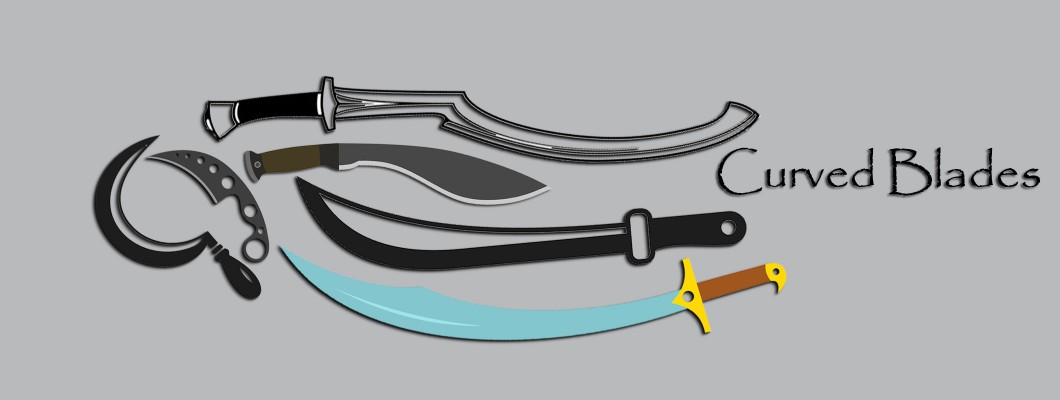
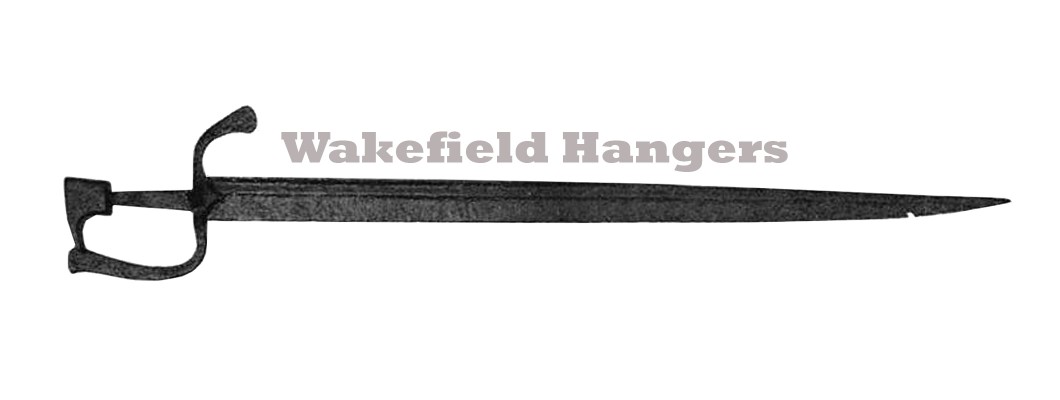
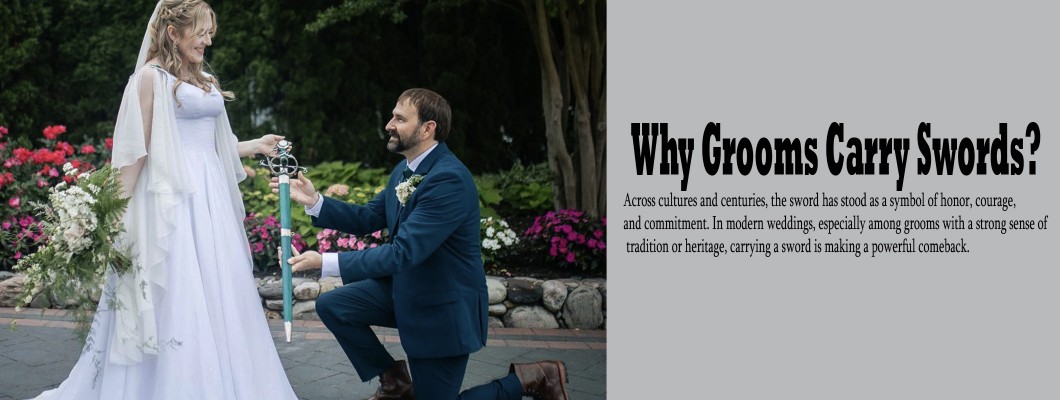
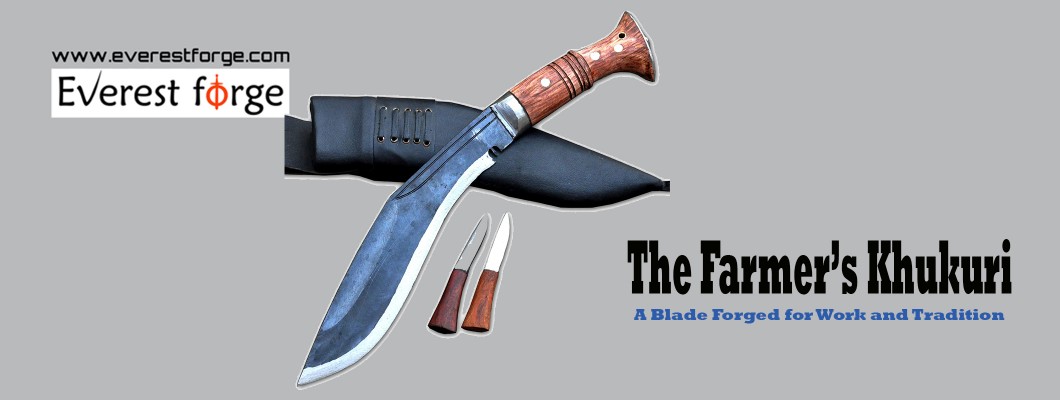
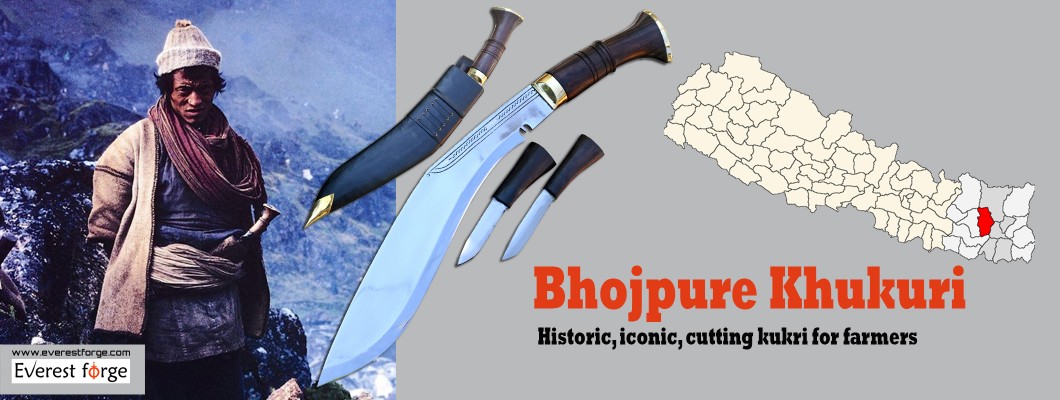
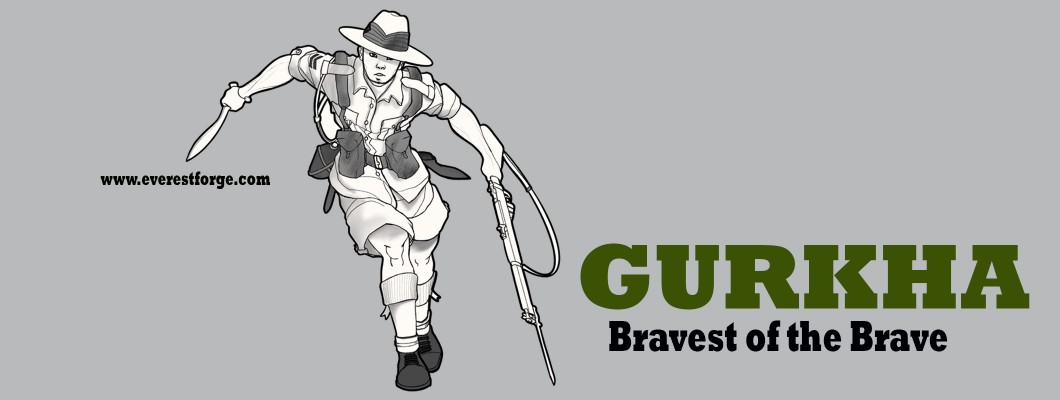
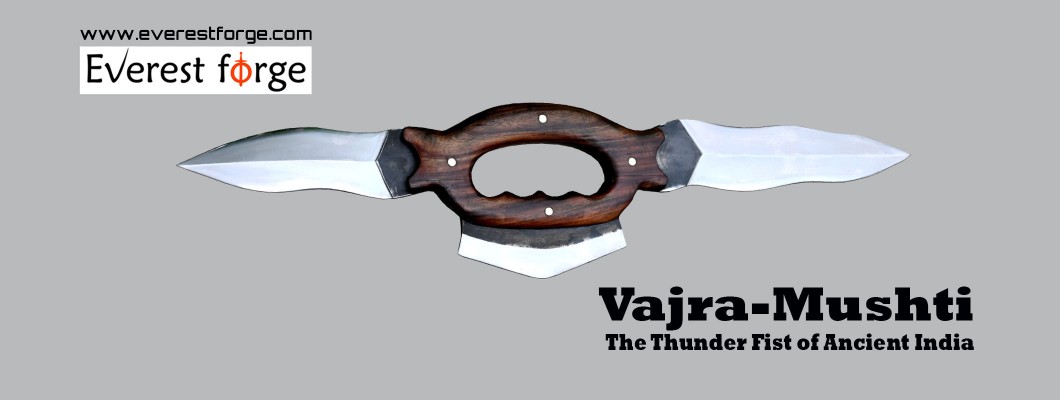
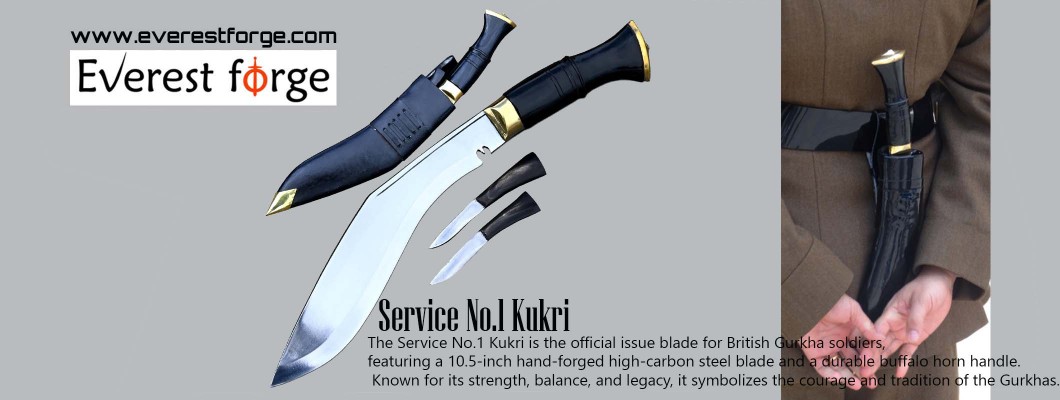
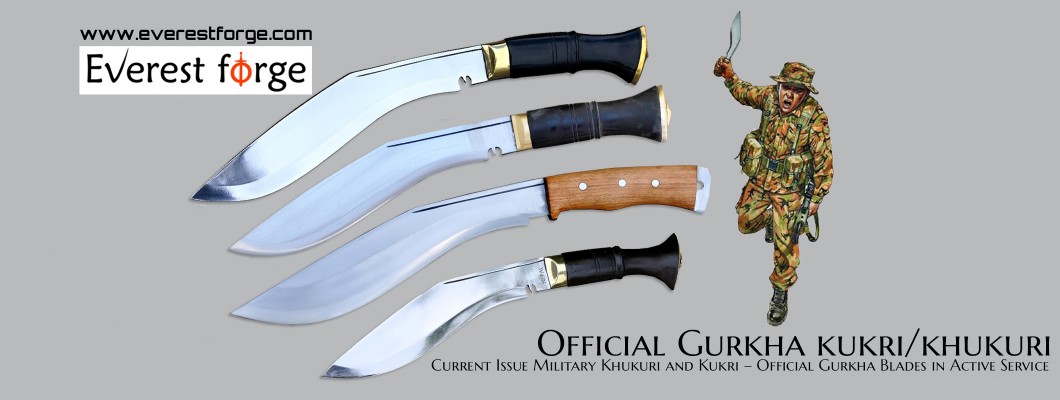
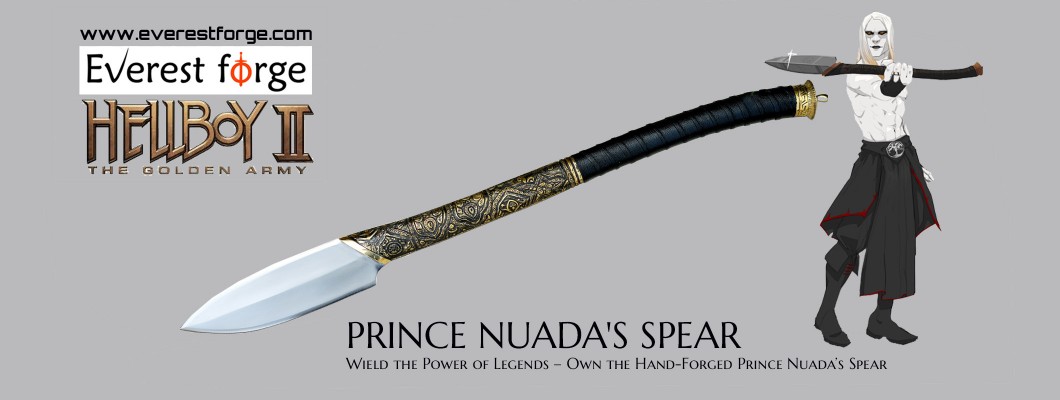

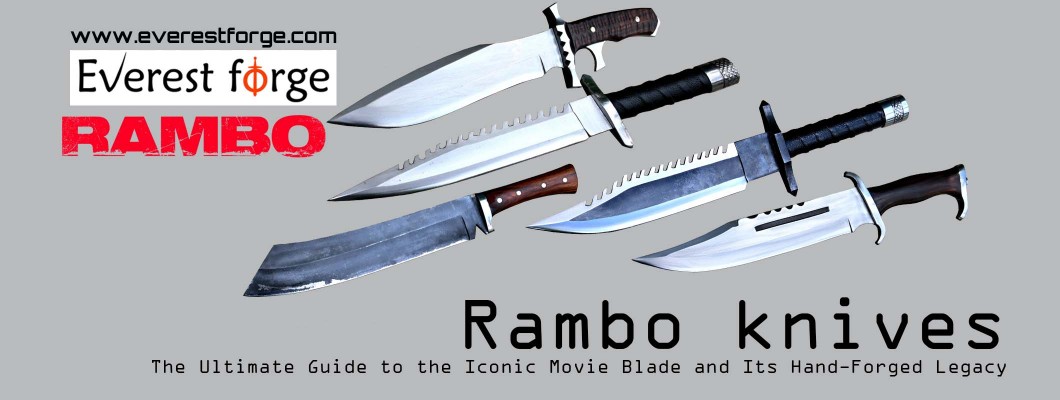





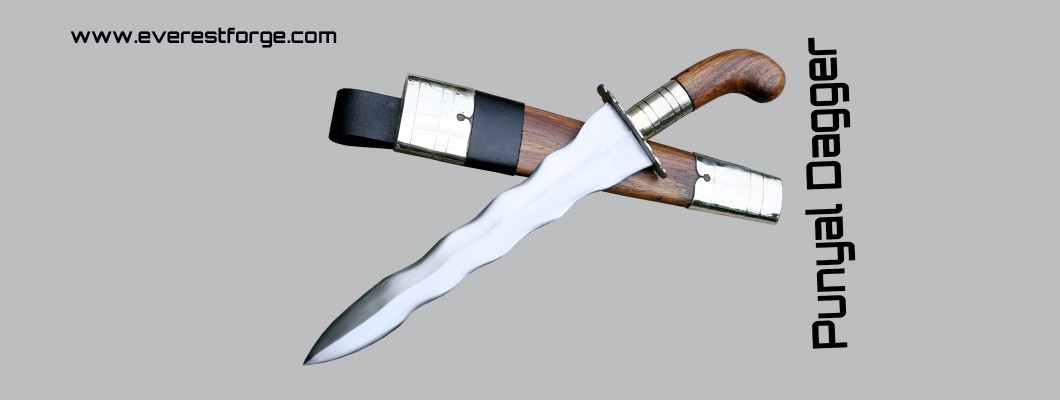
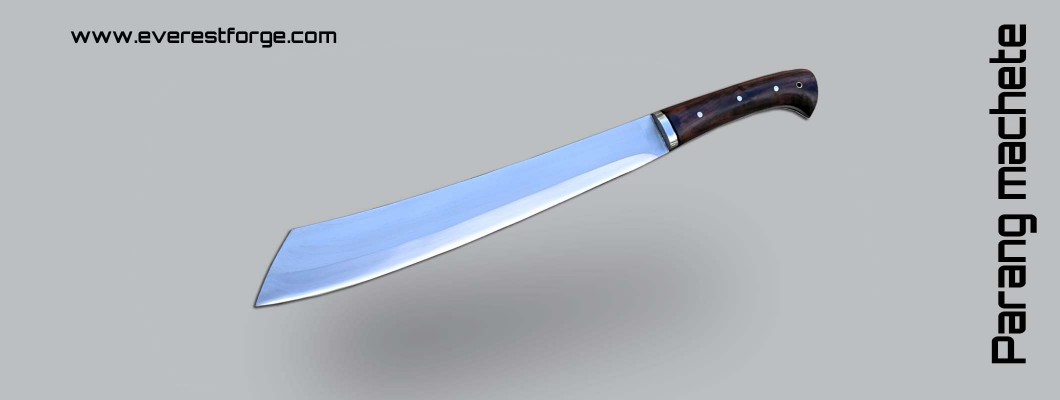
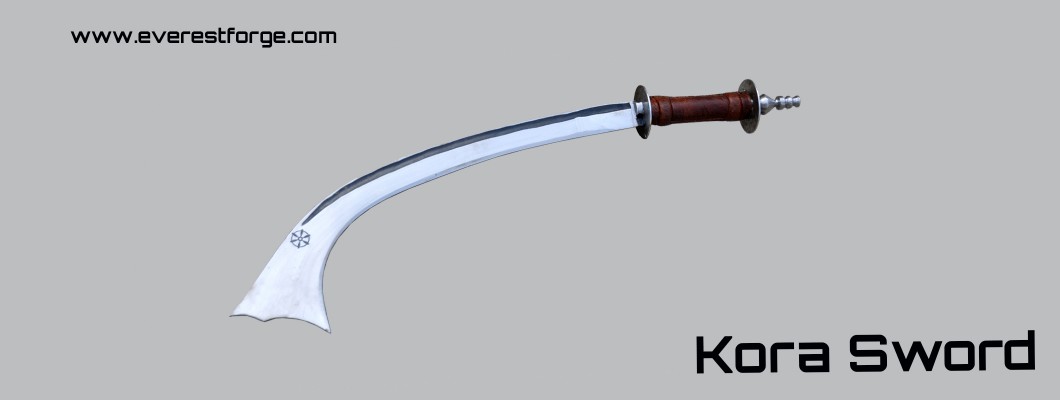
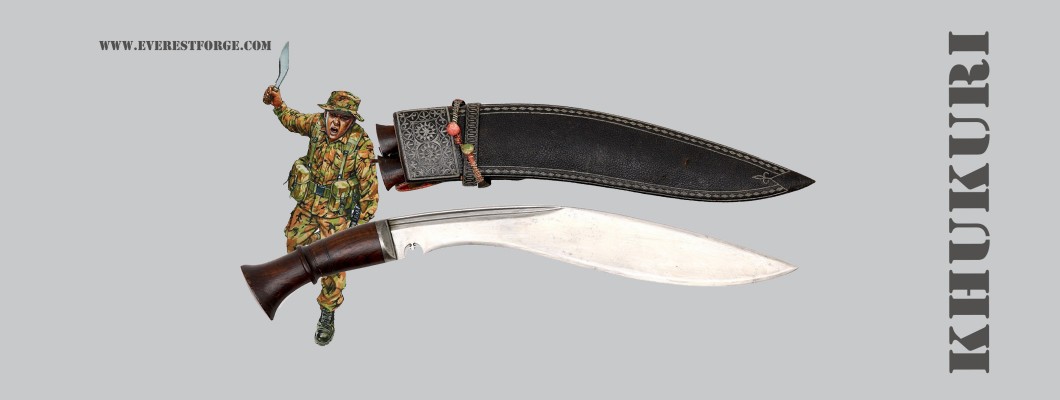
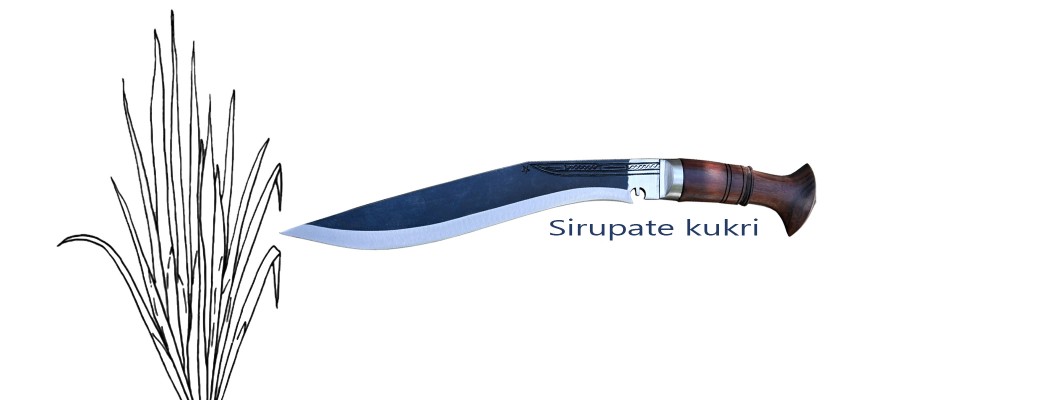
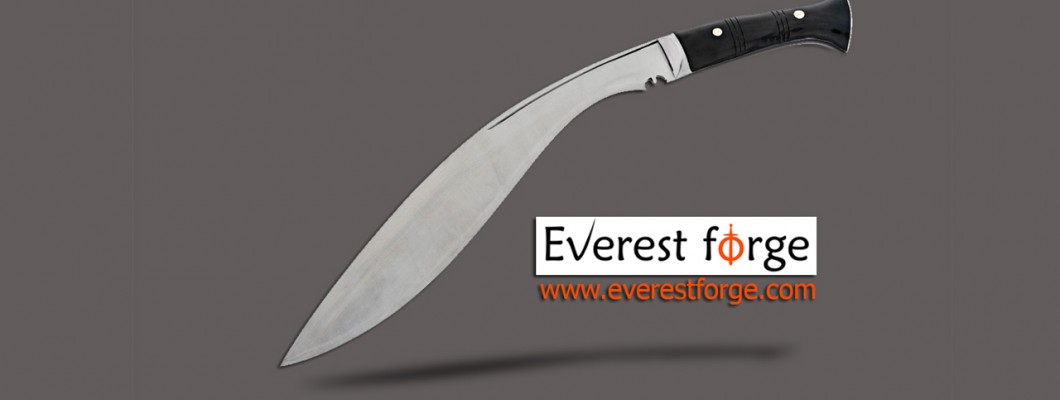
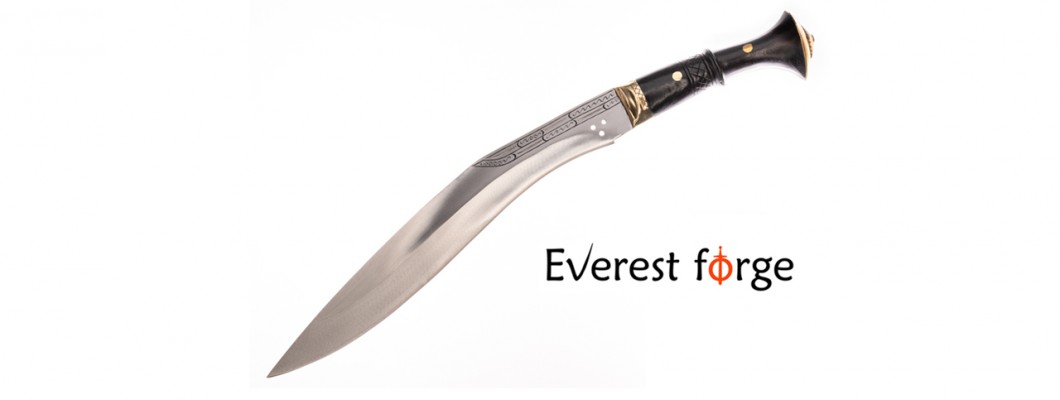
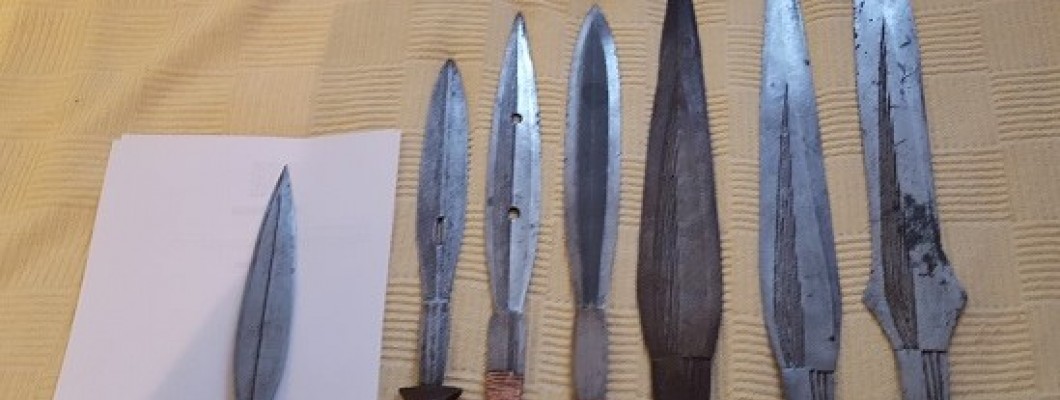

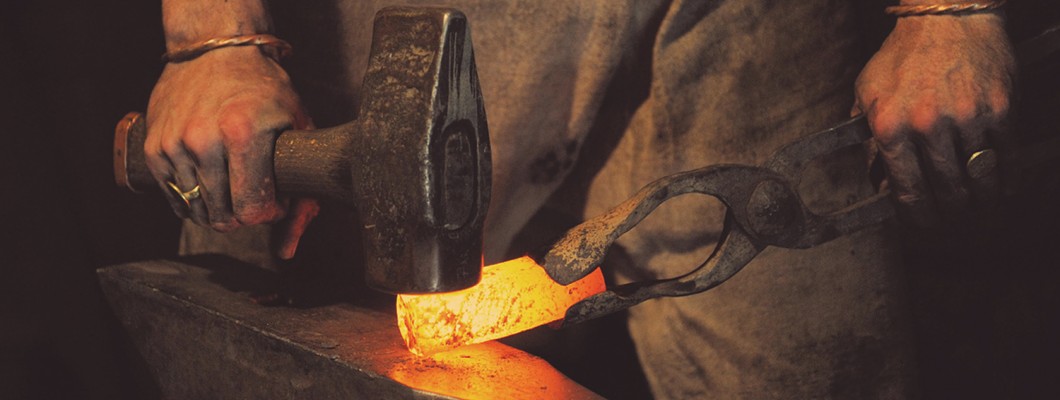
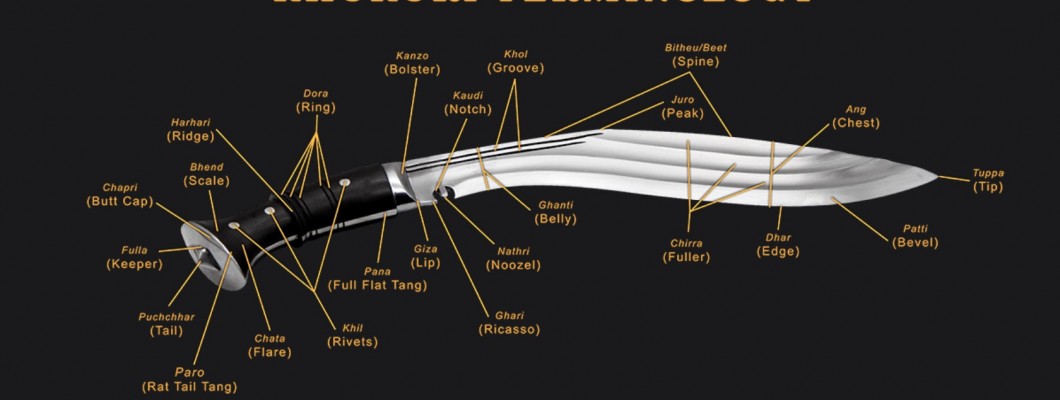
Leave a Comment